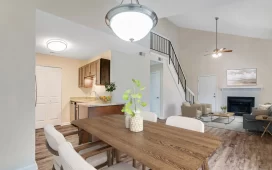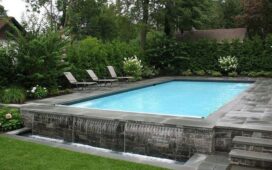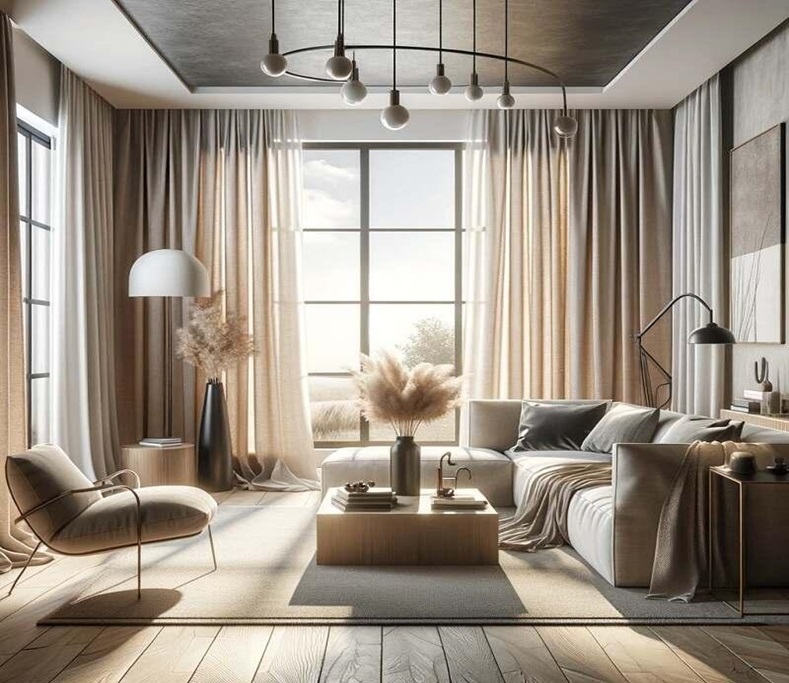In the dynamic world of construction and architecture, innovation and durability are paramount. One of the key players in achieving these goals is the Aluminium Composite Panel (ACP), a versatile material widely used in the industry. In this comprehensive guide, we delve into the building blocks of brilliance, uncovering the components that make an ACP sheet a preferred choice for architects, builders, and designers.
What is ACP sheet?
Before delving into the intricate components, let’s establish a foundational understanding of what ACP is. Aluminium Composite Panel, commonly referred to as ACP, is a sandwich panel comprising two aluminium sheets bonded to a core material, often made of polyethylene (PE) or mineral-filled material. This composite structure creates a lightweight yet sturdy material suitable for a myriad of applications in construction and design.
The Core: Heart of ACP Sheets
The core material in any ACP sheet plays a pivotal role in determining the panel’s overall characteristics, such as rigidity, fire resistance, and insulation properties. Polyethylene, a popular choice for the core, provides excellent flexibility and ease of fabrication. However, for applications where fire resistance is critical, mineral-filled cores are preferred, meeting stringent industrial standards for safety.
Industrial Standards: ACP Sheet Core
According to ASTM E84 standards, ACP sheets with a fire-rated core must undergo rigorous testing for flame spread and smoke development. These standards ensure that ACP panels meet safety requirements, making them suitable for a wide range of architectural applications, including high-rise buildings and commercial spaces.
Aluminium Skins: Strength in Design
The outer layers of an ACP panel consist of thin aluminium composite sheets, typically around 0.3 to 0.5mm in thickness. These aluminium skins contribute to the panel’s structural integrity, weather resistance, and aesthetic appeal. The use of high-quality aluminium ensures that ACP sheets are not only lightweight but also durable, making them ideal for both interior and exterior applications.
ACP Panel Strength: Aluminium’s Role
The mechanical strength of ACP panels is largely attributed to the quality of the aluminium used in the skins. ACP sheets with a high-quality aluminium exterior offer enhanced resistance to weathering, corrosion, and impact. This is particularly crucial for exterior cladding, where the panels are exposed to the elements and must withstand the test of time.
Bonding Technology: The Glue That Holds It Together
The process of bonding the aluminium skins to the core is a critical aspect of ACP sheet manufacturing. The adhesive used must ensure a strong and durable bond, capable of withstanding various environmental conditions. The most common adhesive for this purpose is a high-quality polyethylene adhesive film, which not only provides a robust bond but also contributes to the fire-retardant properties of the panel.
ACP Bonding: Precision and Quality
Manufacturers follow strict guidelines to ensure precision in the bonding process. The use of advanced technology, such as automated production lines, guarantees consistent quality across each ACP sheet produced. This adherence to precision is a key factor in achieving the desired performance characteristics of the final product.
Surface Coating: Aesthetic Appeal and Protection
To enhance the visual appeal of ACP sheets and protect them from environmental factors, manufacturers apply a surface coating. This coating serves multiple purposes, including UV resistance, weatherproofing, and graffiti resistance. The choice of coating can vary based on the application, with PVDF (Polyvinylidene Fluoride) coatings being a popular choice for exterior cladding due to their exceptional weather resistance and durability.
ACP Cladding: Aesthetics and Longevity
ACP cladding, a popular application of ACP sheets, relies heavily on the surface coating for both aesthetics and longevity. The coating not only provides a sleek and modern finish but also acts as a shield against the harsh effects of sunlight, rain, and pollutants. This dual functionality makes ACP cladding a preferred choice for architects aiming to combine style with durability.
Aluminium ACP Sheet: A Versatile Marvel
The versatility of ACP sheets extends beyond their use in cladding. Interior ACP sheets, for instance, are gaining popularity for their adaptability and aesthetic possibilities. The lightweight nature of ACP sheets makes them easy to install, opening up a world of design possibilities for interior spaces.
Interior ACP Sheets: Design Freedom
Interior designers appreciate the flexibility that ACP sheets offer in terms of design. Whether it’s creating unique wall panels, furniture elements, or decorative features, the versatility of interior ACP sheets allows for intricate designs that would be challenging with traditional materials. The range of available colours and finishes further enhances design freedom, enabling designers to achieve a desired aesthetic in any interior setting, and that’s not all since ACP signages have evolved to be a thing as well.
ACP Sheet Innovation: Beyond the Basics
Innovations in ACP sheet technology continues to push the boundaries of what is possible in interior design. Some manufacturers offer ACP sheets with additional features, such as antibacterial properties and sound insulation, expanding their applications to healthcare facilities, offices, and public spaces where hygiene and acoustics are paramount.
Conclusion
As we unravel the components of ACP sheets, it becomes evident that these building blocks collectively contribute to the brilliance of this versatile material. From the core material to the surface coating, each element is carefully chosen and engineered to meet the demanding standards of the construction and design industry.
Understanding the intricacies of ACP sheets empowers architects, builders, and designers to make informed decisions when selecting materials for their projects. The aluminium composite panel, with its remarkable strength, aesthetic appeal, and adaptability, stands as a testament to the marriage of technology and innovation in the construction industry. Whether it’s exterior cladding, interior design, or innovative architectural elements, ACP sheets continue to be the go-to choice for those seeking a perfect blend of form and function in their creations.













